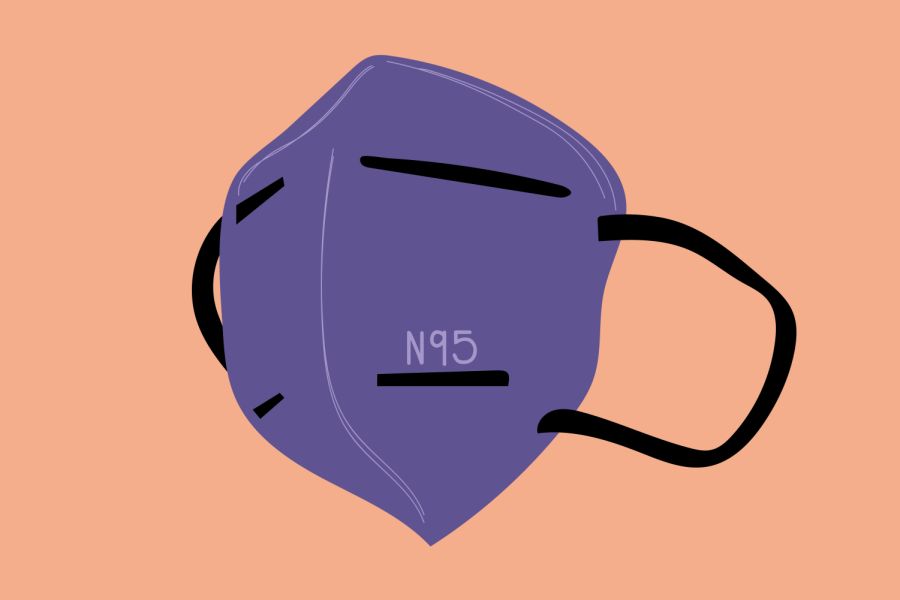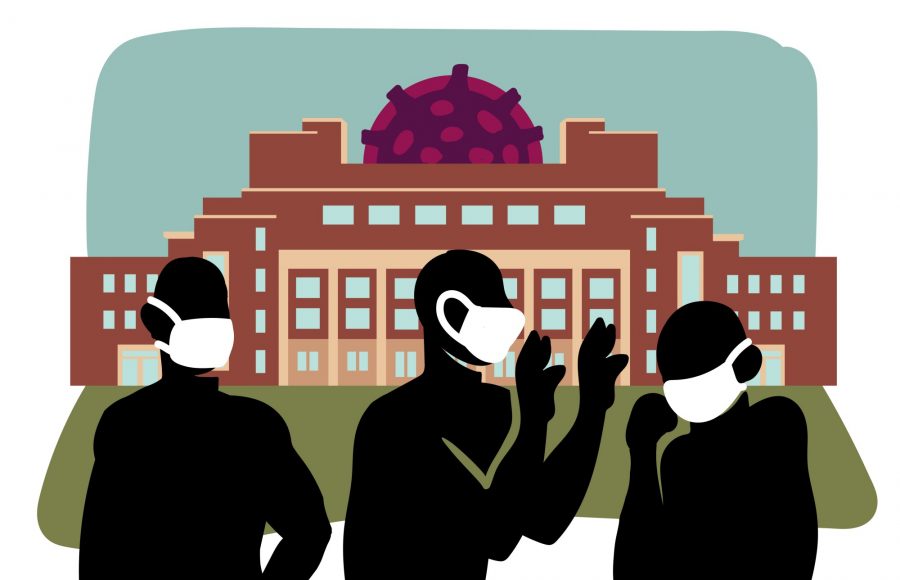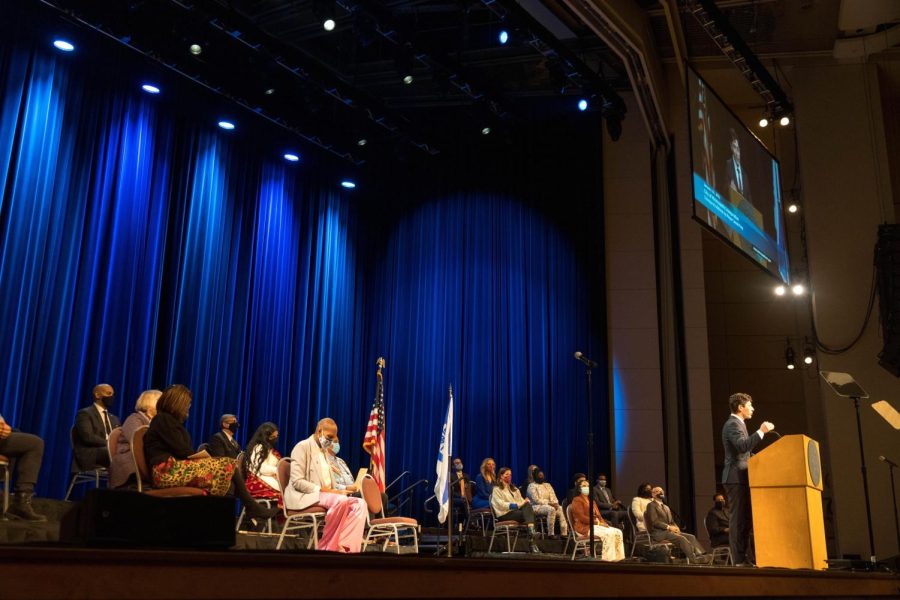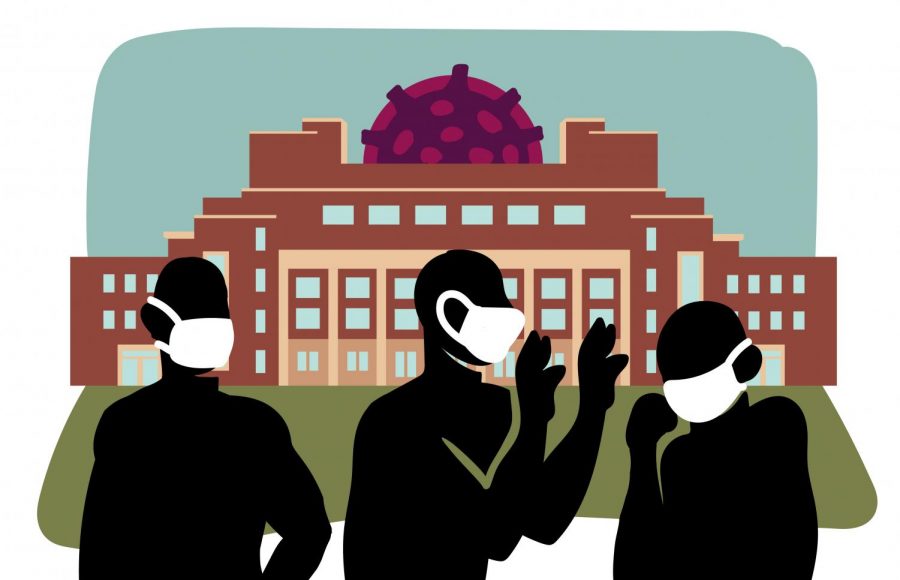Higher education took on big financial losses during the pandemic, but relief programs proposed by Gov. Tim Walz’s office are aiming to remedy that if passed in the upcoming budget decisions.
Walz’s COVID-19 recovery budget includes direct emergency funding for state and tribal colleges and $35 million for a workforce stabilization program that would send students into “high-demand” programs at no cost to them.
Both of these programs, while focusing on economic recovery, also center on increasing equity for groups disproportionately affected by COVID-19, such as Black people, Indigenous people, people of color and essential workers.
“We want all of our citizens, all of our residents, … everybody who lives here, to participate in equal opportunities,” said Thomas Sanford, assistant commissioner for operations at the Minnesota Office of Higher Education (OHE).
The University of Minnesota will likely be involved in conversations should the proposals pass, said an OHE spokesperson. The emergency funding is an ongoing pool of money for students in need, which the University applied for in 2018 but has not since then.
The University’s Board of Regents recently passed its own free-tuition program for families making less than $50,000.
Emergency funding
The emergency funding, which normally amounts to $175,000 per year from the state since 2017, is awarded to public and tribal colleges that apply and are found to have “significant need.” Walz’s office is asking for $1.3 million this year in order to combat the higher education losses from the pandemic.
Each selected school is typically awarded $40,000 dollars from the fund, which usually goes to things like food pantries for students, student housing needs, scholarships and other programs that help students who are at risk of dropping out.
Due to the high need, some colleges run out of the funds in as little as two weeks, according to Lain DeSalvo, competitive grants manager at OHE. However, with the possibility of increased funding, DeSalvo said OHE hopes to award even more money to in-need institutions.
“We know that $40,000 [for a college] is not enough,” DeSalvo said. “Students are food insecure; some have experienced homelessness. … We know we can’t end poverty with $1,000 grants for students, but what we hope to improve on is … their ability to access resources.”
Workforce stabilization
Some students could be going to college for free under certain conditions, if lawmakers pass Walz’s proposed $35 million workforce stabilization grant.
The grant focuses on workers and students displaced by COVID-19, whose families make less than $50,000 per year, and would pay for their tuition if they enter into a college program that is “high-demand” or “high-vacancy” in the interest of teaching them a new skill set to enter into the post-pandemic world.
Sanford said that could include nurses, software developers and childcare workers.
The University’s free-tuition program would not require students to move into those high-demand programs.
Should the governor’s proposal pass, a task force made up of multiple state departments and higher education institutions will work to determine what those high-demand or high-vacancy programs are.
“COVID just exacerbated the need to get people trained into these fields,” said Nekey Oliver, OHE’s grants and government relations manager. “That’s what this program is trying to do.”
Lawmakers are currently debating the COVID-19 higher education recovery budget. The regular session of the Legislature ends in May, but last year’s session extended into November.



























